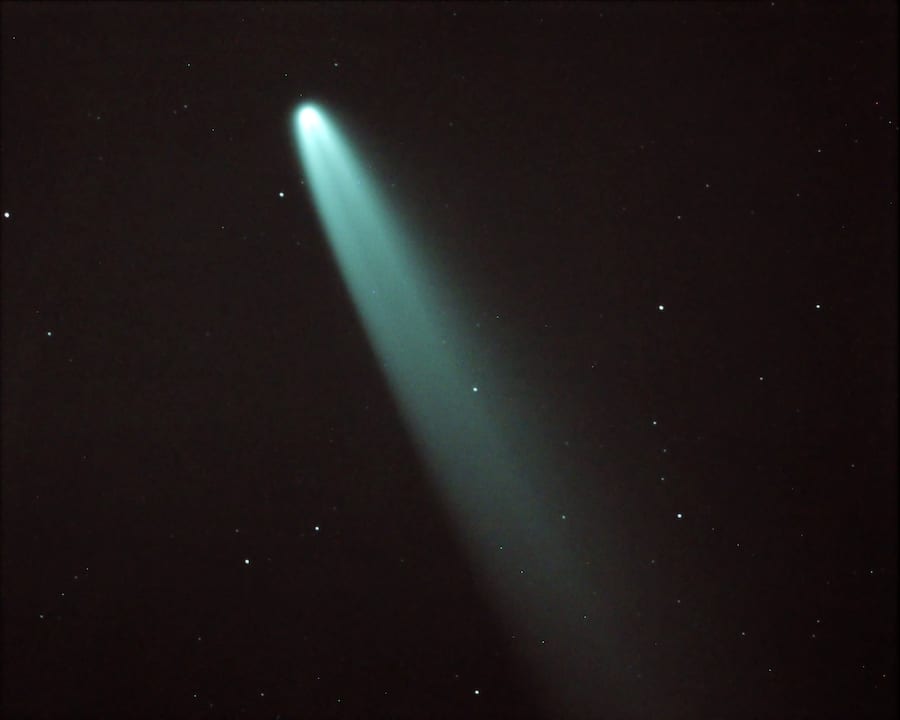Neowise – officially called Comet C/2020 F3 NEOWISE – passed closest to the Sun on 3rd July and its closest approach to the Earth will occur on 23rd July.
It is named after NASA’s Neowise infrared space telescope, which spotted the comet in March.
Photo: Comet Neowise, observed on 9th July 2020, as recorded by Raman Madhira from Ray’s Astrophotography Observatory.
